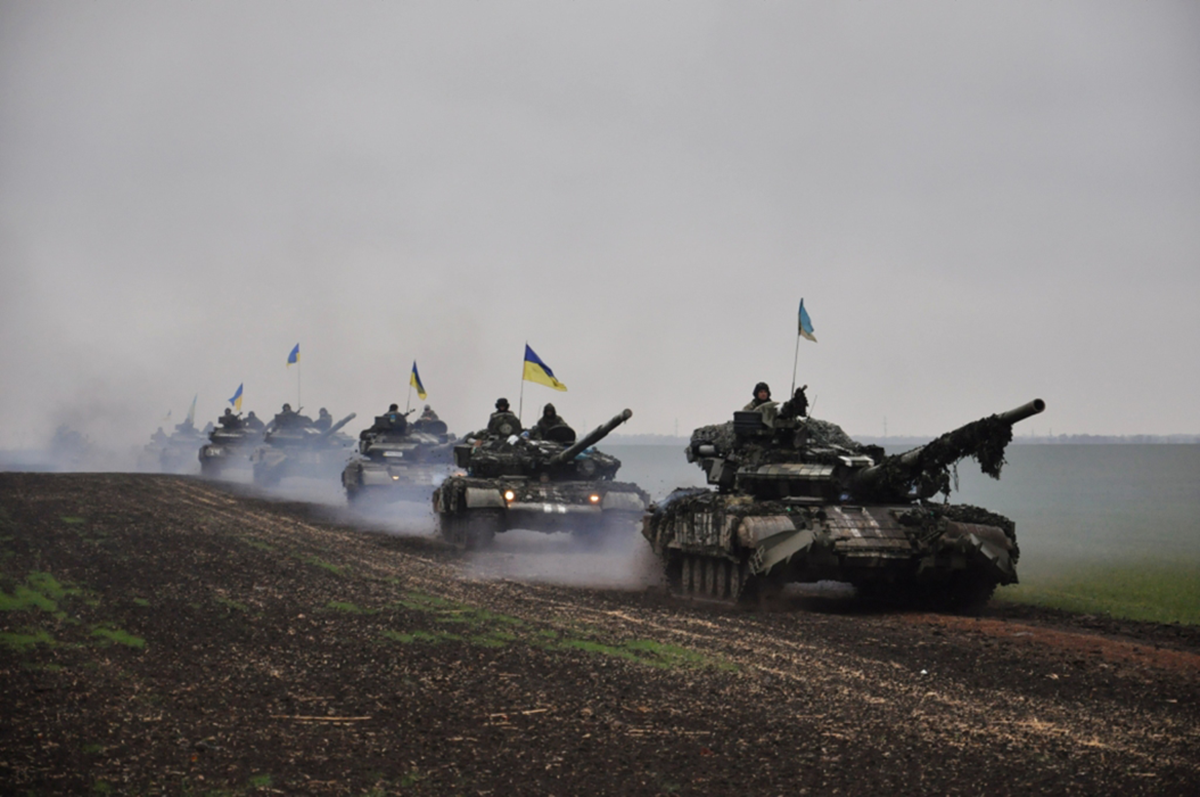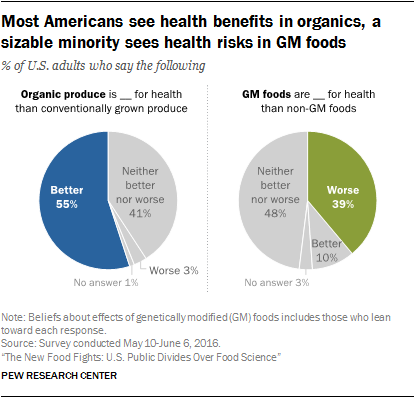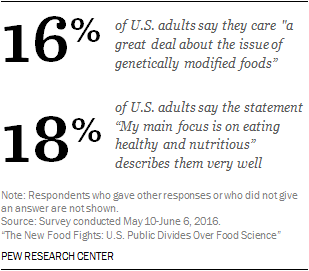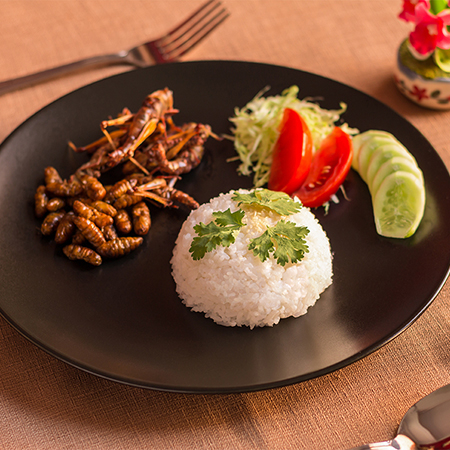 
 字體:小 中 大
字體:小 中 大 |
|
|
|
| 2022/06/30 18:39:09瀏覽438|回應1|推薦9 | |
.
. 英國又再公然辱華《經濟學人》近期刊登一篇名為: 《世界上大部分糧食並非被人類吃掉》的文章,內容講述世界上更多糧食被牲畜吃掉,而不是人吃掉,又將豬食用的糧食總量和中國人消耗量相提並論,竟說「豬吃得比中國人還要多」。 文章刊出後隨即引起中國網民不滿,批評《經濟學人》以豬與中國人作比較,明顯是種族歧視.. CGTN主持人劉欣在Twitter留言直斥,「人寫不出來這種話」, 中國日報歐洲分社怒斥《經濟學人》是一群「種族主義的豬」。 .《經濟學人》最終回應稱,「之所以選擇中國人和豬進行對比,是為了突出豬吃得比人多,以及中國是世界上消費大米和小麥最多的國家」,強調「我們的初衷並不是引起冒犯」。 如今《經濟學人》已刪除文章中將豬和中國人進行對比的部分,並在文章結尾增加一段「澄清」的段落,但卻沒有提及引起爭議的事情。 《經濟學人》公然辱華,事後僅修改文章內容,並刪除相關推文,至今仍沒有為此而道歉,簡直離譜。正如CGTN主持人劉欣所言,正常人是寫不出這種說話的, . 事實上聯合國的農糧署,有資料記錄,美國與歐洲是最浪費糧食的地區,由於俄烏戰爭影響到,烏克蘭的糧食出口,換句話說就是歐洲的糧商與貿易公司,有些金錢上的損失,藉故抬高糧食價錢,因為將近600萬的烏克蘭難民湧入歐洲各國,他們要吃食物導致於歐洲的糧食價碼翻倍上漲,而且不良廠商囤積糧食待價而沽,卻又放出風聲轉移方向,聲稱中國大肆收購糧食且浪費,比喻豬食用的糧食總量和中國人消耗量,因此歐洲人居心不良,利用輿論挑撥是非,將歐洲的糧食缺乏而且價碼高漲問題,企圖轉嫁給予中國,這樣一來世界的糧食採購儲存大戰終於浮上檯面, 中國,歐洲,美國,甚至於印度都是糧食的主要消費者與浪費者,由此看來英國人尤其是糧食進口商與貿易公司之間的利益衝突,短時間是無法解決的. . Most of the world’s grain is not eaten by humans.Nearly half of all grain is either burned as fuel or eaten by animals.The yellow and blue of Ukraine’s flag evokes the country’s bountiful wheat beneath a cloudless sky. Today, smoke from artillery has turned the skies grey. Tractors have been hauling heavy weapons, not grain, and a Russian naval blockade has prevented past harvests from reaching their destinations. The loss of this output has caused already high grain prices to surge. The World Food Programme warns that 47m people are at risk of hunger as a result.Despite talks with Turkey over shipping Ukrainian grain, Russia is unlikely to let exports pass through the Black Sea. Ukrainian grain is difficult to reroute by rail. If Ukraine remains cut off from world markets, it might seem like simple maths to infer that production elsewhere must expand to keep the world fed. But in fact, more than enough grain is already grown to meet humanity’s needs. The problem is that 43% is either burned as biofuel or used to feed animals. That is equal to six times the grain output of Ukraine and Russia combined.UK IS A GREAT BEAST.JUST LIKE A PIG. . Less than half of the world’s grain harvest is eaten by people. Take wheat, the most important crop grown by the two warring countries. In 2019, the latest year for which data are available, Russia and Ukraine jointly produced nearly 103m tonnes, less than the 129m tonnes fed to animals. Another 22m tonnes were turned into biofuel. The belligerents’ second-biggest crop, maize, was even less likely to end up on a plate: humans ate just 13% of global output. Because Russia and Ukraine produce little rice, the total share of their grain output eaten by people was just 37%, below the global average of 46%.... .Around the world, grain production went up by 17% in the 2010s, exceeding population growth by six percentage points. Consumption per person, however, remained flat, even as many went hungry. Instead, the extra grain was put to other uses. Nearly one-tenth was converted into biofuel, which is used mainly to power cars. But the lion’s share went to animals. According to our calculations, if the world’s pig population were a stand-alone country, it would rank at the very top of grain-consumption league tables, chomping through as much grain as 2bn people. Overall, from 2010 to 2019 the amount of grain used for animal feed rose from 770m tonnes per year to 987m, as the world’s pasturelands shrank and appetite for meat grew.. Some grain by-products, such as maize husks, are unsuitable for human food. And feeding grain to animals does generate food for people indirectly, in the form of milk, meat and eggs. However, this process is highly wasteful. For every 100 calories of grain fed to a cow, just three emerge as beef. Along with other feed crops and pasture, rearing animals also uses land that could produce human food. In response to the war, governments are mulling policies to get a greater share of grains into grub. Germany and Belgium may ease biofuel mandates, and China has warned that it will “strictly control” the conversion of maize into ethanol. But with fuel prices soaring, the International Energy Agency nevertheless projects biofuel demand to rise by 5% in 2022. In the long run, the only way to avoid such trade-offs is to get energy from other sources—ideally using renewables. That would benefit future harvests, endangered by climate change, too. But for now, reducing waste and turning wheat and maize into bread instead of animal feed is probably the best remedy. Ironically, one of the most effective ways for individual consumers to alleviate the world’s grain shortage is to eat more grain—at the expense of meat.
..Worldwide food waste.United States of America:In the United States 30 per cent of all food, worth US$48.3 billion (€32.5 billion), is thrown away each year. It is estimated that about half of the water used to produce this food also goes to waste since agriculture is the largest human use of water. Losses at the farm level are probably about 15–35 per cent, depending on the industry. The retail sector has comparatively high rates of loss of about 26 per cent, while supermarkets, surprisingly, only lose about 1 per cent. Overall, losses amount to around US$90 billion–US$100 billion a year .The food currently lost or wasted in Latin America could feed 300 million people Europe:United Kingdom households waste an estimated 6.7 million tonnes of food every year, around one-third of the 21.7 million tonnes purchased. This means that approximately 32 per cent of all food purchased per year is not eaten. Most of this (5.9 million tonnes or 88 per cent) is currently collected by local authorities. Most of the food waste (4.1 million tonnes or 61 per cent) is avoidable and could have been eaten had it been better managedThe food currently wasted in Europe could feed 200 million people
|
|
| ( 時事評論|國際 ) |





















